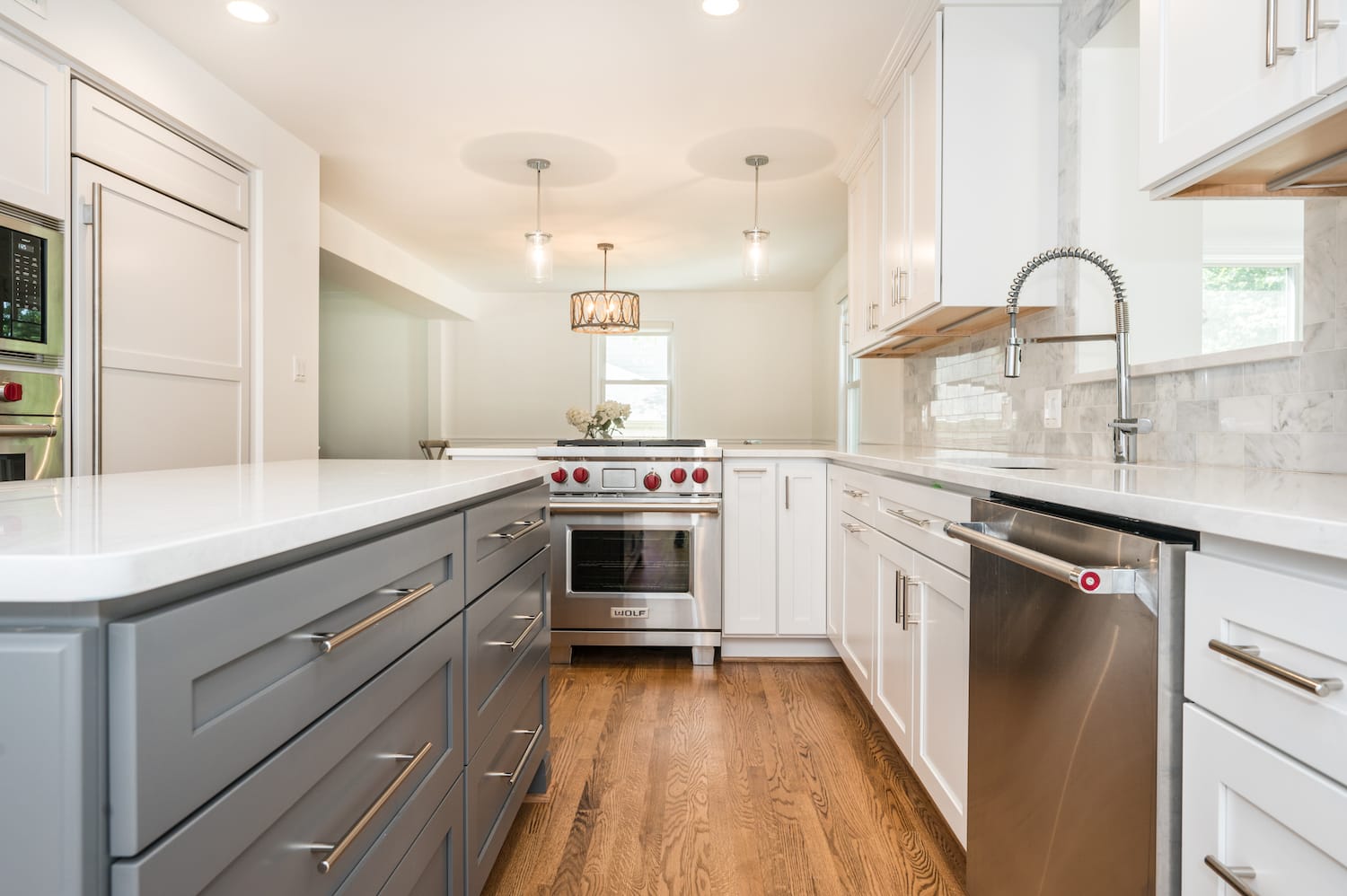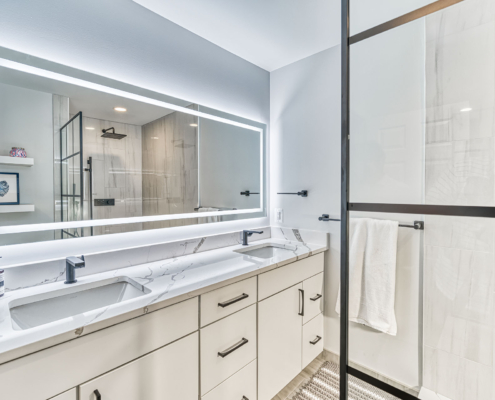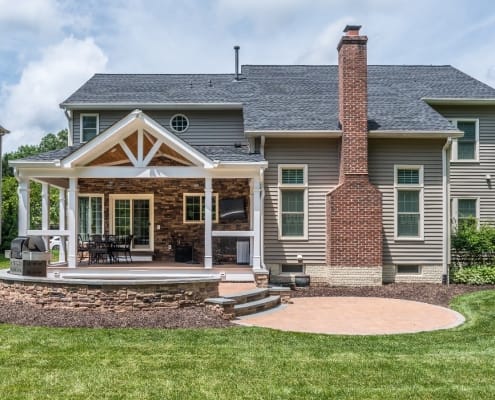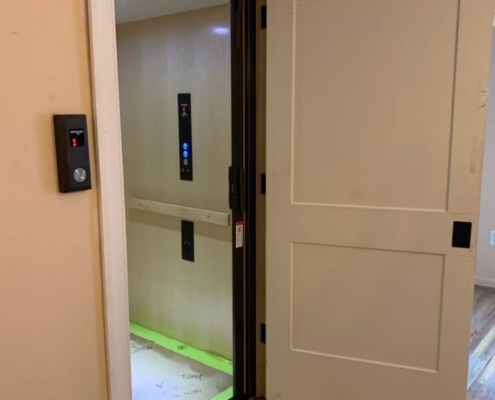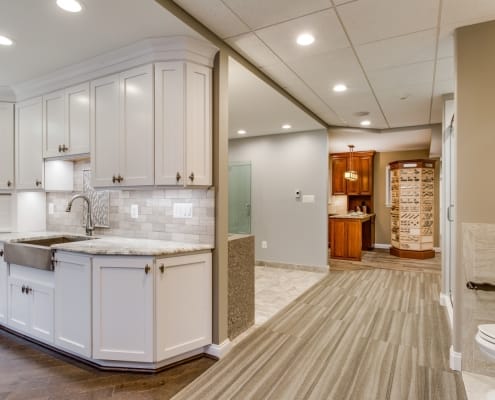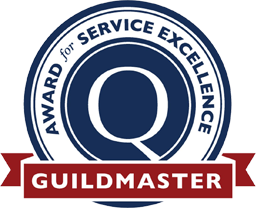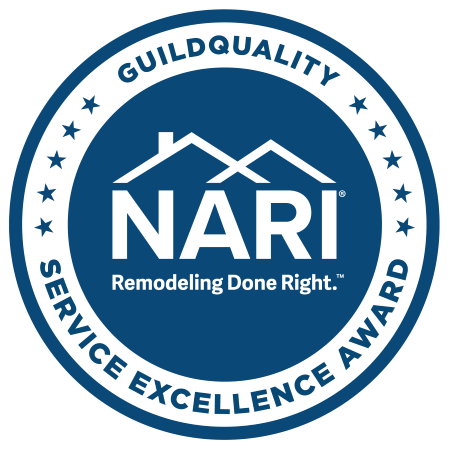Lead Paint Renovation Repair and Painting Program
Beginning April 22, 2010, the Environmental Protection Agency will begin enforcing its new Lead Paint Renovation Repair and Painting Program. This program was designed to decrease the risk of lead poisoning in children living in homes under renovation. In 1978, the Consumer Products Safety Commission banned the sale of lead paint to prevent complications from lead paint contamination in homes and schools. Lead paint and specifically dust from lead paint created during renovation projects is extremely hazardous to children under 6 years of age as well as pregnant women. In children, lead has been proven to cause damage to the nervous system and kidneys as well as speech, language and developmental disorders. Pregnant women are at a higher risk of lead exposure and contamination can be passed along to the fetus resulting in miscarriages, low birth weight, premature births and brain damage.
Beginning on this date; Contractors working in homes constructed prior to 1978 when more than 6 square feet of interior or 20 square feet of exterior painted areas are removed or disturbed, must follow the new regulations the new regulations. In addition, all companies working on a project where lead paint has be identified must be certified through the EPA and have at least one Certified Renovator on staff. Below are the necessary steps to properly work on homes constructed prior to 1978:
- Identify the age of the home
- Test painted surfaces for lead or renovate assuming that lead is present
- Post warning signs indicating that lead paint will be disturbed.
- Set up plastic containment walls to prevent dust from entering unaffected work areas
- Cover all heating and cooling registers with plastic as well as any items left in the space
- Commence demolition while protecting workers with Tyvek suites, gloves and N100 HEPA filter masks or respirators.
- Remove all debris in 6 mil trash bags sealed with duct tape and folded in a “Goose Neck” fashion.
- Vacuum entire contained area with a HEPA vacuum
- Wet mop and dry the remaining plastic and dispose of properly
- Provide visual inspection by “Certified Renovator”
- Maintain project documents in house for a minimum of 3 years
In Addition to the above steps, the “Certified Renovator” must keep the following information on site in a job file and maintain these records off site for a minimum of 3 years:
- Copy of testing results
- Signed copy of the EPA Pamphlet “Renovate Right”
- Names of “Certified Renovator” and workers performing the renovation
- Job Site checklist showing all procedures to be followed
- Test results of clearance using either a visual inspection, or a third party inspection
It is important to understand that “Certified Renovators” are not trained or certified to be “Abatement Contractors” who can provide lead specific removal but are trained and certified to work safely on projects that may contain lead paint covered materials as part of a renovation or remodeling project.
When searching for contractors to renovate you home, please ask for a copy of their Environmental Protection Agency “Lead-Safe Certified Firm” certificate. Click here for more info.
